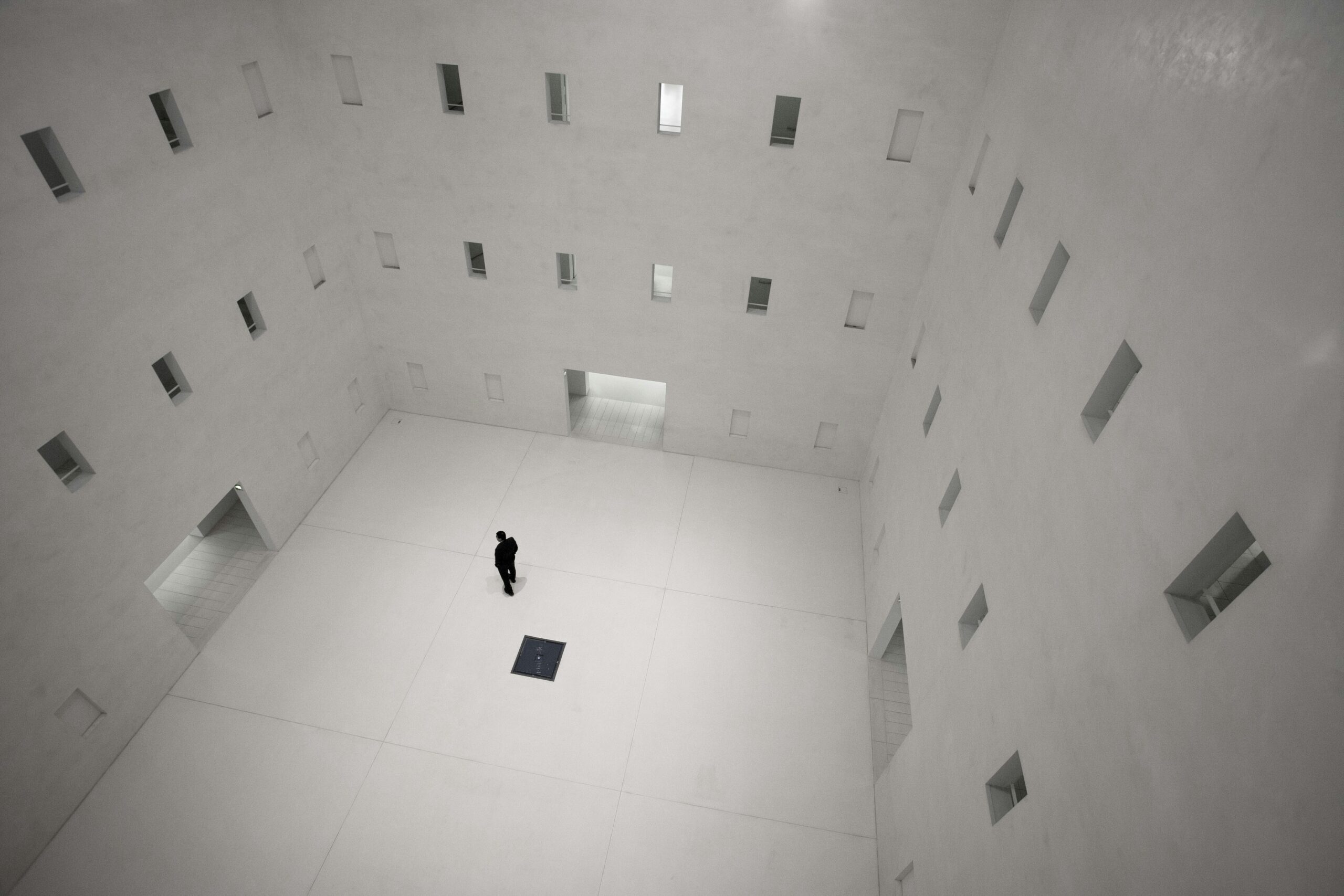
The National Security Council’s Decision-Making Process: When Consensus Becomes a Constraint
In the machinery of national security decision-making, innovation is the first casualty of consensus. At the heart of this process lies the National Security Council’s multi-layered committee structure to develop policy recommendations for the President. While this process ensures broad interagency coordination, it also means that agencies can effectively veto options that challenge their interests. The result is that the President often only sees consensus recommendations that preserve institutional status quo, rather than the full range of viable policy options that might better serve national interests. The new National Security Advisor, Congressman Mike Waltz, should reshape the NSC process to provide better foreign policy advice for the President.
The Current Process: Design vs. Reality
The NSC’s decision-making process follows a carefully structured path. At the working level, Interagency Policy Committees (IPCs) bring together Assistant Secretary-level officials and subject matter experts to develop initial policy options. These recommendations then move to the Deputies Committee, composed of deputy heads of relevant agencies, for refinement and further analysis. The Principals Committee, consisting of Cabinet-level officials, then reviews and shapes final recommendations before they reach the President through the National Security Advisor.
In theory, this layered approach should ensure thorough vetting while preserving diverse viewpoints. In practice, however, the system often produces the opposite effect. Each level of review tends to narrow options rather than expand them, as agencies work to protect their institutional interests and avoid conflict with other departments.
The Consensus Trap
The emphasis on interagency consensus, while well-intentioned, has become a structural impediment to bold or innovative policy options. Former National Security Advisor H.R. McMaster warned about this in his book Battlegrounds stating, “Presenting a single option designed to either tell the President what he or she wants to hear, or to present the consensus position of the cabinet is doing him or her a disservice.” He argued that it is “important to provide the President with multiple options.”
When every agency effectively holds veto power over proposals, the path of least resistance becomes maintaining existing approaches with minor modifications. This dynamic is particularly problematic in rapidly evolving security situations where status quo responses may be inadequate.
Consider, for example, how options that might gore the ox of the Defense Department’s budget are quietly culled, or how proposals that ruffle the diplomatic feathers of the State Department rarely survive the process. While both of the Department’s perspectives may have merit, the current system often leads to their mutual neutralization, rather than producing either a creative outcome or an advancement of an option with dissents.
The Cost of Lost Alternatives
The consequences of this consensus-driven approach are significant. The President is often presented with artificially limited choices, typically framed as minor variations on existing policy rather than genuinely distinct alternatives. This narrowing of options can be particularly problematic in crisis situations where innovative approaches might be most needed.
More concerning is what the President doesn’t see: options that challenge conventional wisdom, propose significant departures from existing policy, or require substantial institutional compromise or change. These alternatives, while potentially valuable, often don’t survive the gauntlet of interagency review.
Potential Reforms
During the Obama NSC we identified several reforms that could help address these structural limitations. Some of these ideas included:
- Mandate a presentation of competing options: Require that multiple, genuinely distinct policy alternatives reach the President’s desk, even if they don’t have unanimous agency support.
- Create independent analysis channels: Borrow the Intelligence Community’s Red Cell process and establish mechanisms for policy options to reach senior decision-makers without requiring consensus at every level.
- Strengthen the NSC staff’s role: Empower NSC staff to develop independent options that might challenge agency preferences.
- Reform the Deputies Committee process: Modify procedures to focus on developing multiple viable options rather than driving toward consensus.
The NSC’s current decision-making process, while sophisticated in design, often fails to provide the President with the full range of policy options needed for effective decision-making. The system’s emphasis on consensus, while valuable for implementation, has become an impediment to innovative policy development.
Reform is possible without dismantling the valuable coordination functions of the current system. By modifying procedures to ensure that diverse options reach senior decision-makers, the NSC can better fulfill its core mission: providing the President with the best possible range of choices for addressing national security challenges.
The goal isn’t to eliminate interagency coordination but to prevent it from unduly constraining presidential options. In an increasingly complex security environment, the President needs access to the fullest possible range of policy alternatives, not just those that survive the consensus-building process.
Jim Thompson is the Director of Government Capacity at the Federation of American Scientists. He served as a Director on both President Obama’s and President Biden’s National Security Councils.
Americans trade stocks instantly, but spend 13 hours on tax forms. They send cash by text, but wait weeks for IRS responses. The nation’s revenue collector ranks dead last in citizen satisfaction. The problem isn’t just paperwork — it’s how the government builds.
While it seems that the current political climate may not incentivize the use of evidence-based data sources for decision making, those of us who are passionate about ensuring results for the American people will continue to firmly stand on the belief that learning agendas are a crucial component to successfully navigate a changing future.
In recent months, we’ve seen much of these decades’ worth of progress erased. Contracts for evaluations of government programs were canceled, FFRDCs have been forced to lay off staff, and federal advisory committees have been disbanded.
At a recent workshop, we explored the nature of trust in specific government functions, the risk and implications of breaking trust in those systems, and how we’d known we were getting close to specific trust breaking points.